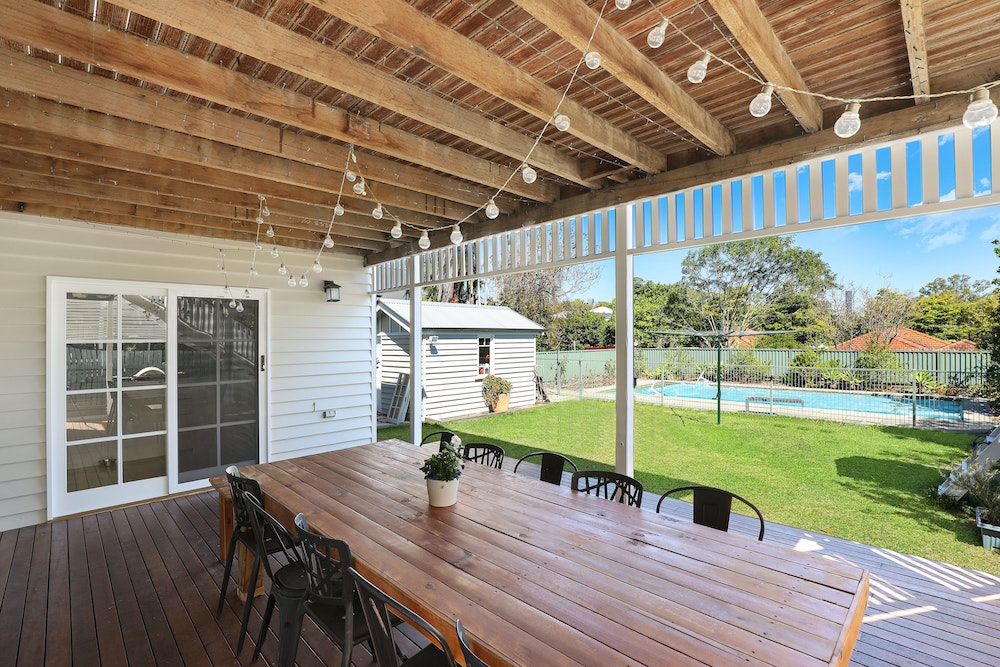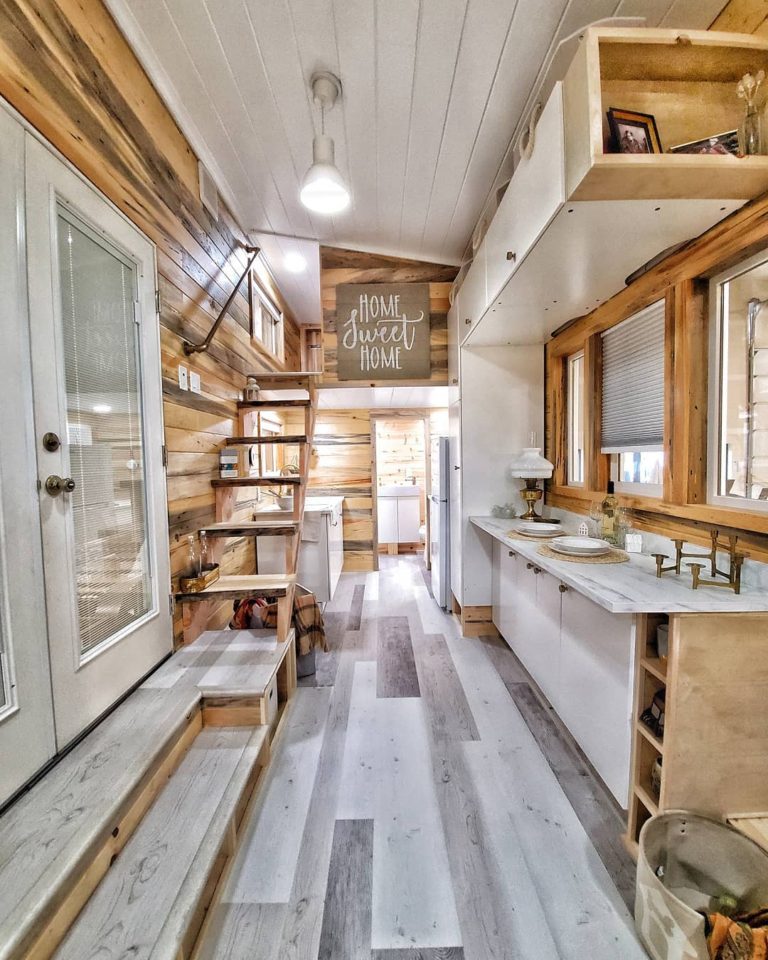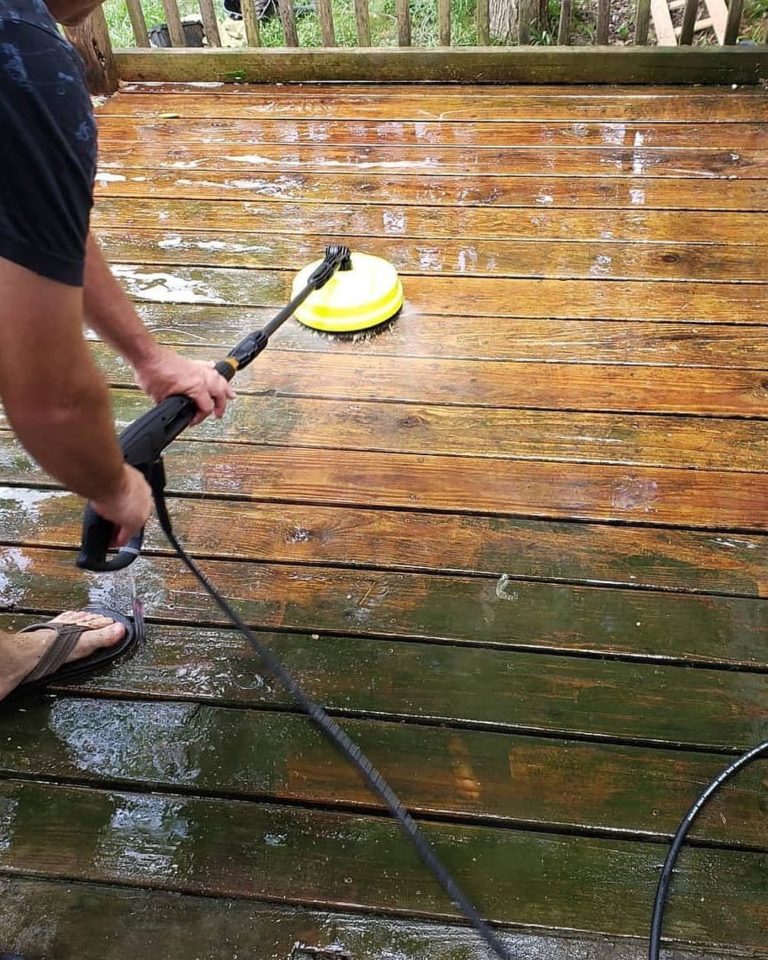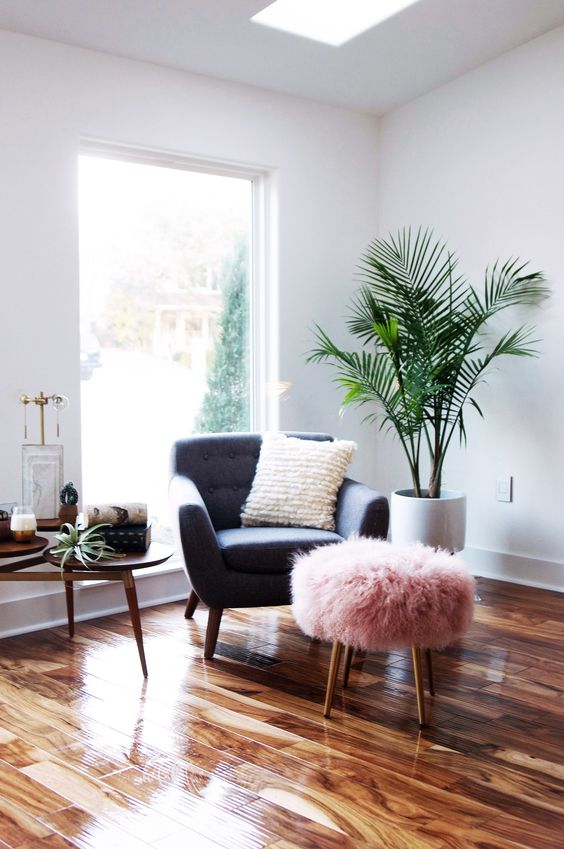How Do I Know if My Wood Deck is Rotten?
Your deck is supposed to bring joy to you, your family and friends. If it is not up to par, it could be rather uncomfortable to stare at or sit on. In many cases, dry rotting is the main reason that those with a wooden deck need to make a deck repair or opt to purchase a new deck. If you have an older wooden deck, the chances are that you will experience rotting at some point. This is especially true if you do not take proper care of it. Protecting and preserving your deck can add value to your home, social life, as well as enhance your personal peace of mind. As a homeowner with a wooden deck, it is important to understand the causes of dry rotting and how to prevent it from causing issues. Read further to learn more about rotten wood decks and how to repair them.
Signs of Dry Rot on a Wood Deck
Signs of dry rot on your wood deck are rather easy to spot (if you know what you are looking for). Contrary to popular belief, even pressure-treated wood decks can experience dry rot over a period fo time. Listed below are the signs of a rotting deck.
- Discolored wood that looks “spongy”
- Wood that flakes and/or falls apart when it is wet
- Pooled water on your deck
- Excess of “soft spots” on your deck
Causes of a Rotting Wood Deck
Dry rot is essentially a fungus. It grows when microorganisms eat the wood and leave it in a fragile state. The main culprit of dry rot is moisture. That moisture can be a result of rain runoff from your roof, extensive and prolonged periods of rain, humid weather, leaks, above ground pools, etc. It is important to keep an eye on preventable causes. If you live in a naturally moist area like Seattle, it’s important to make wood deck repairs as soon as notice signs of potential dry rotting before it spreads.
Preventing Dry Rot
If you have a wood deck, then it is susceptible to rotting. Though wood like redwood, cypress, cedar, and mahogany are woods that are naturally resistant to rot. To prevent your deck from rotting too soon, it is recommended that you limit the amount of moisture that your deck is exposed to. You can accomplish this goal by regularly cleaning and inspecting your deck and the areas around it. Properly applying an effective sealant can help to expand the life of your wood deck by many years. Furthermore, do not place pools, fountains, etc. on your deck as they are likely to leak or spill, causing pools of water that sit for a prolonged amount of time.
Connecting With a Wood Deck Contractor
If you have decided to stick with your natural wood deck and not purchase a composite-wood deck, it is important to maintain a regular inspection schedule to ensure that you are making deck repairs as needed. Working with a knowledgeable contractor can help you to spot trouble areas that only a trained eye can notice. Allowing it to rot can be expensive and unsightly. Keeping your deck beautiful can bring you peace and enhance the time that you spend with friends and family in your backyard.








